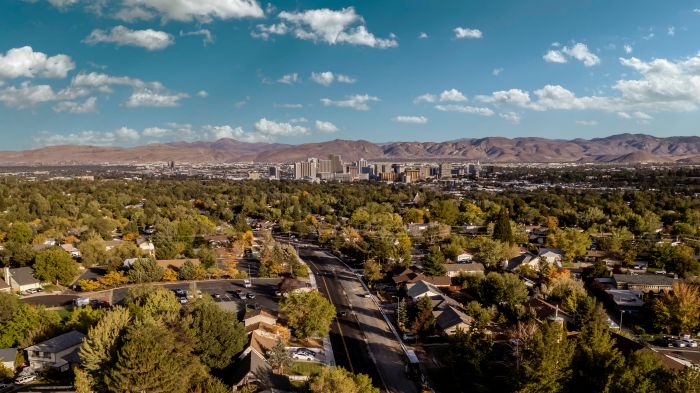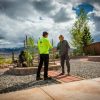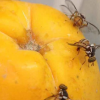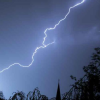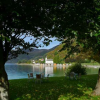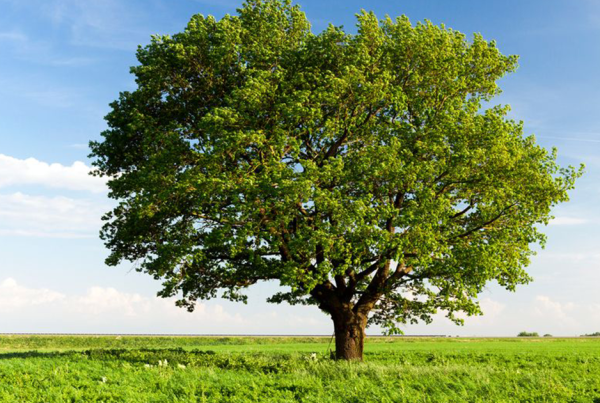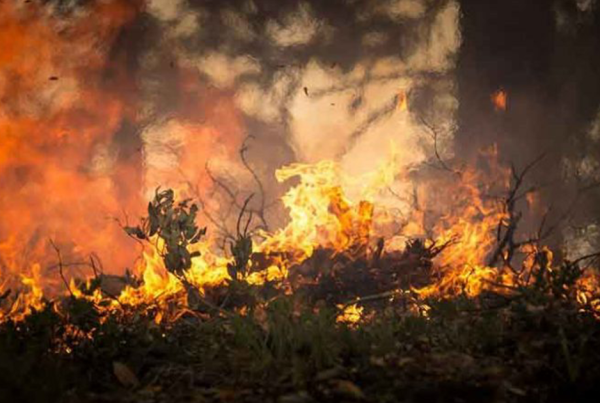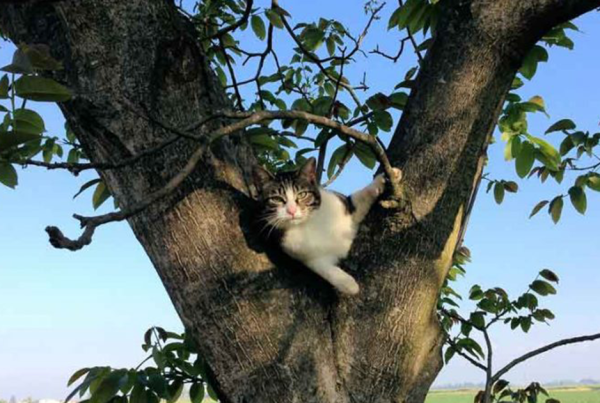As wildfire season intensifies across the Western U.S., homeowners in Reno and the surrounding Sierra Nevada region face a critical question: Is your property truly protected from wildfire?
Defensible space is the carefully maintained buffer between your home and surrounding vegetation. It’s not just a good idea — in Nevada; it’s a necessity. Creating defensible space reduces the risk of fire damage to your home, gives firefighters a safer area to defend your property, and is a key part of wildfire preparedness in high-risk zones like Washoe County and Lake Tahoe Basin.
At American Arborists, we specialize in helping homeowners design and maintain fire-safe landscapes through expert tree care and fire risk reduction strategies.
Why June Is the Best Time to Act

Wildfire season in Nevada typically begins in June and peaks from July through October. That means early summer is your window to prepare.
Acting now helps you:
- Beat the summer rush (appointments fill up fast)
- Clear debris before vegetation fully dries
- Stay ahead of state and local fire safety inspections
The Nevada Division of Forestry and local fire districts are already issuing defensible space guidelines. Don’t wait until flames are nearby — book your fire safety inspection now and get your defensible space dialed in before it’s too late.
Understanding Defensible Space Zones 0–2
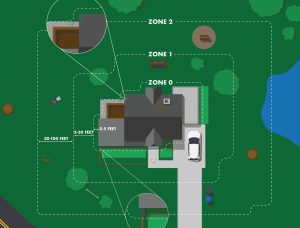 To make fire prevention more manageable, experts divide defensible space into three zones:
To make fire prevention more manageable, experts divide defensible space into three zones:
🔥 Zone 0 (0–5 feet from structures)
- Remove all flammable materials (mulch, wood piles, leaf debris)
- Avoid planting anything directly against the house
- Use hardscaping like gravel or pavers as a fire barrier
🌿 Zone 1 (5–30 feet from structures)
- Keep grass cut low and green
- Prune trees so branches are at least 10 feet from roofs and chimneys
- Space shrubs apart and remove dead plant material
🌲 Zone 2 (30–100+ feet from structures)
- Reduce vegetation density
- Remove ladder fuels (low branches, tall grasses under trees)
- Mow grass and clear fallen needles and leaves regularly
A well-maintained defensible space slows the spread of fire and increases your home’s chances of survival.
How Trees Can Increase (or Reduce) Fire Risk
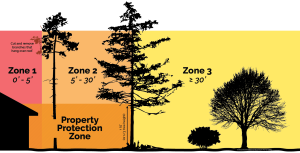
Trees are an asset — but during wildfire season, they can also become a liability if unmanaged.
High-risk tree conditions include:
- Low-hanging branches that act as ladder fuels
- Dead or diseased limbs
- Crowded canopies that allow fire to spread quickly
On the other hand, healthy, properly spaced, and pruned trees can actually deflect wind, trap embers, and slow down fire movement.
At American Arborists, our ISA Certified Arborists evaluate tree health and placement to balance safety with beauty.
Common Fire Hazards in the Yard
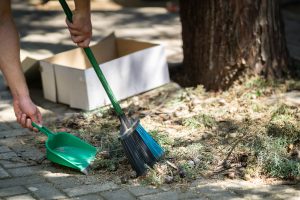
Even a well-kept yard can hide fire risks. Watch for:
- Dry leaf piles and pine needles: especially near gutters or fences
- Stacked firewood or lumber: relocate at least 30 feet away
- Mulch beds: swap with non-combustible material near structures
- Overgrown shrubs and ladder fuels: prune and clear out underbrush
These hazards are often overlooked — but under the right conditions, they can ignite in seconds.
The Role of a Certified Arborist in Fire Prevention
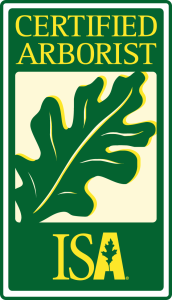 Wildfire safety isn’t just about raking leaves — it’s about understanding tree structure, health, species, and placement.
Wildfire safety isn’t just about raking leaves — it’s about understanding tree structure, health, species, and placement.
Our certified arborists conduct:
- On-site risk assessments
- Tree health evaluations
- Customized defensible space recommendations
- Professional pruning and removal
DIY efforts are helpful, but nothing replaces the trained eye of an expert. We help Reno homeowners turn their landscapes into fire-resilient buffers without compromising curb appeal.
🔧 Ready to Fire-Harden Your Property?
Fire season won’t wait. If you’re in or around Reno let American Arborists help you get ahead of wildfire risk with a defensible space inspection and tailored tree care plan.
👉 Schedule Your Fire Risk Assessment Today
Or call us at (775) 600-4222 to speak with a local expert.

